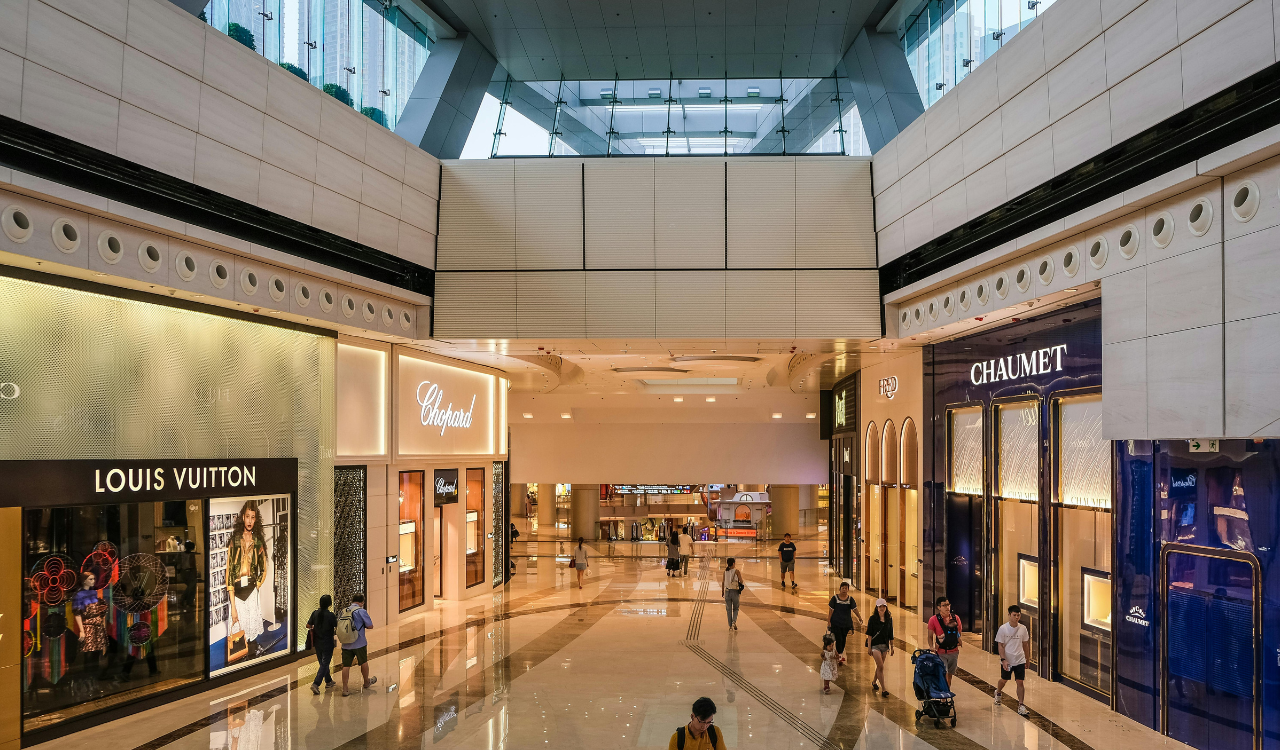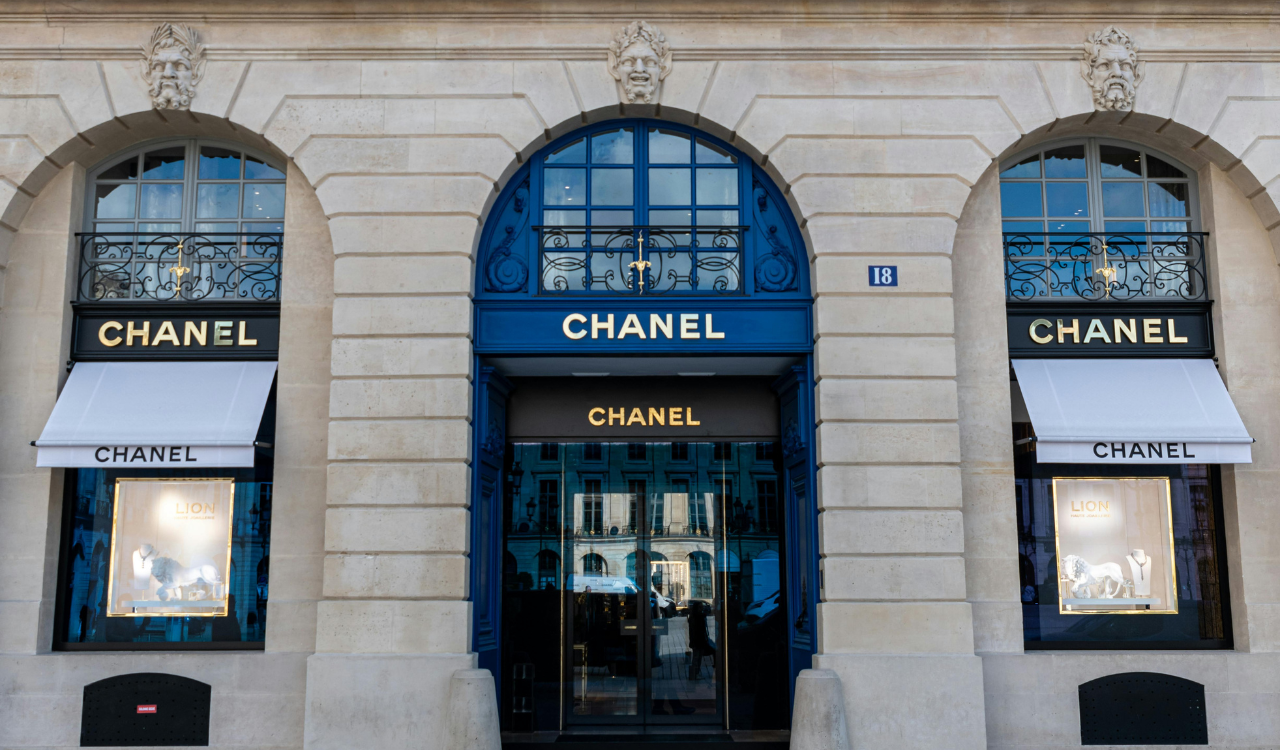The personal luxury market took a modest downturn in 2024, dropping from €369 billion to €364 billion, including a 1 percent decline in the Americas, according to Bain and Company. That dip wasn’t too alarming, considering the dramatic 26 percent increase since the pandemic. However, Bain has issued a new forecast that predicts the luxury market will retreat up to 5 percent in 2025, making it the first major downturn in the last 15 years, excluding 2020.
For brands and conglomerates, such as LVMH and Kering, that have exposure to both aspirational and legacy luxury consumer segments, it’s essential to do a better job of identifying aspirational consumers and tracking their evolution along their luxury journey toward becoming elite customers. This demands insight into how identity is shaped and reshaped over time. The real differentiator is understanding the deep drivers that anchor someone to a brand, even in times of economic friction.
Short-Term Economic Headwinds, Long-Term Damage
Though the luxury market has long been considered recession-proof, the global downturn of 2008–2009 proved otherwise. And 2025 will be another year of reckoning, especially in the U.S., as the threatened 30 percent tariffs on EU imports take hold; the EU is the primary source for luxury goods in the U.S., the world’s largest luxury market.
Despite economic headwinds, the most brutal blows to the industry may be self-inflicted: Luxury brands have become too reliant on “aspirational consumers,” who are most likely to pull back when times get tough. Even more alarming and significantly more damaging, luxury brands have turned off many of their highest-potential customers because of aspirational marketing strategies. If luxury brands don’t course correct, the focus on aspirationals could jeopardize brands’ long-term prospects far more than any short-term economic downturn, according to a new study from BCG and Altagamma. “In a race for scale, some of the soul of luxury was lost, as much of the industry traded exclusivity for reach, exchanging stability for volatility,” stated BCG senior partner Filippo Bianchi.
Aspirational Marketing Backfires
Since the 2008 global recession, the push to make luxury more accessible has propelled this industry forward. Like the mythic ouroboros symbol – the serpent that eats its own tail – the very strategy that fueled dynamic industry growth has turned against itself.
Based on a survey among 7,000 luxury consumers bolstered by focus groups and in-depth interviews, BCG identified four pain points for the highest potential customers when engaging with luxury brands:
- Too much marketing and worse, it’s irrelevant. Some 65 percent feel overwhelmed by brands’ over-communication. Clients estimate that they receive between 40 and 60 messages from brands every month, which they find to be lacking in relevance and personalization. “What they value is not outreach, but tailored interaction—built around their personal context, taste and lifestyle,” Bianchi advises.
- Too much product, too little value. Luxury consumers most highly value luxury brands’ craftsmanship and quality, yet 89 percent believe brands are letting their quality standards slide. This has become most noticeable after the pandemic, when luxury brands increased prices by an average of 54 percent, with no discernible improvement in quality or change in design. “Brands must rebuild the perceived worth that has been eroded by industrialization and replace industrial volumes with craftsmanship value.”
- Mass-ified shopping experiences. Top-tier clients find retail environments overcrowded and impersonal. Some 80 percent expect brands to provide them with dedicated spaces that offer privacy, calm and high-touch service. “Brands must avoid ‘too much crowd, too little intimacy.’”
- Lack of recognition. Seventy percent of high-potential customers feel they aren’t recognized by brands as being the special people they think they are. They expect brands to know them and deliver personalized marketing and retail experiences appropriate for and suited to their high-value worth.
Luxury Crossroads
Bain reports the luxury market lost 50 million customers between 2022 and 2024 but it’s too soon to write them off, believes Chandler Mount, founder and CEO of the Affluent Consumer Research Company. “Much of the slowdown in aspirational luxury comes down to economics. For most aspirational buyers, luxury is a conscious tradeoff. And more often recently, it’s just not winning out,” he said.
BCG defines aspirational consumers as those who spend €2,000 or less per year, and in 2024, they still accounted for approximately 60 percent of the luxury goods market. However, BCG’s survey uncovered the difficulty for brands to meet the needs of both aspirational and top-tier luxury clients simultaneously. What works for aspirationals alienates the top tier. In the short term, luxury brands need to correct the four pain points identified by the highest-potential clients:
- Reorient to the highest craftsmanship, quality and value and away from mass industrial processes and questionable worker conditions. This becomes even more pressing now that five luxury brands – Loro Piana, Dior, Valentino, Giorgio Armani and handbag company Alviero Martini – have been implicated for worker abuse and exploitation in the supply chain by an Italian court.
- Personalize marketing and outreach to convey meaning, not just to generate transactions.
- Invest more deeply in delivering high-touch experiences that build emotional connections and reinforce loyalty.
- Build more robust CRM and clienteling systems with sophisticated segmentation models so customers are recognized and rewarded.
“To meet and retain top-tier clients, brands must recalibrate,” BCG’s Bianchi shared. “Not through scale, but precision; not through ubiquity, but intimacy. In doing so, they’ll take a crucial step toward building a strong luxury industry by returning to what made it exceptional in the first place.”
Holistic Approach
Luxury brands can’t abandon aspirational customers altogether. To achieve success over the long term, these brands must continue to cultivate aspirational customers and move them up the ladder. Since aspirationals tend to be younger and have not yet hit their income and wealth prime, brands require a new approach by using insights about aspirationals’ motivations to connect with them, while not alienating those who are already at the top of the luxury pyramid. As revealed in the study, this is a tall order.
All luxury brands must refine their marketing strategies to personalize, whether they be aspirationals or top-tier clientele. A one-size-fits-all approach won’t work. Long-term growth is nurturing each customer with a focus on the highest spenders. “Luxury houses need to invest more deeply in their top-tier customers while reinforcing and rewarding loyalty among long-standing customers. The North Star is lasting emotional relevance,” ACRC’s Mount asserts.
The Aspirational Journey
For brands and conglomerates, such as LVMH and Kering, that have exposure to both aspirational and legacy luxury consumer segments, it’s essential to do a better job of identifying aspirational consumers and tracking their evolution along their luxury journey toward becoming elite customers. “This requires more than just income brackets or demographic data – it demands insight into how identity is shaped and reshaped over time,” asserts ACRC’s Mount. “The real differentiator is understanding the deep drivers that anchor someone to a brand, even in times of economic friction.”
It presents a new set of challenges. “We may be looking at a new aspirational class – one not yet fully defined,” Mount maintains. “Their values, behaviors, and purchasing logic aren’t the same as those from five or ten years ago. For luxury to remain relevant, it needs to evolve alongside them.”
Returning to Luxury’s Core Principles
To effectively meet the evolving needs, desires, and priorities of luxury consumers at every stage of their journey, brands must recognize a profound shift in what luxury means. No longer defined solely by opulence, status, and extravagance, luxury is being repositioned as something more human centered – rooted in authenticity, personal well-being, and emotional resonance. It’s a shift from displaying wealth ostentatiously to communicating values that affirm life and connect with individual purpose.
“Today’s buyers – whether spending €500 or €50,000 – are craving more substance, longevity and personal meaning. They want goods that ‘grow with them,’ tell a story and signal who they are becoming, not just what they can afford. The good news? Brands that adapt now won’t just survive. They will own the future because the new definition of luxury isn’t about reaching more people. It’s about mattering more to the ones who count,” Mount concludes.





